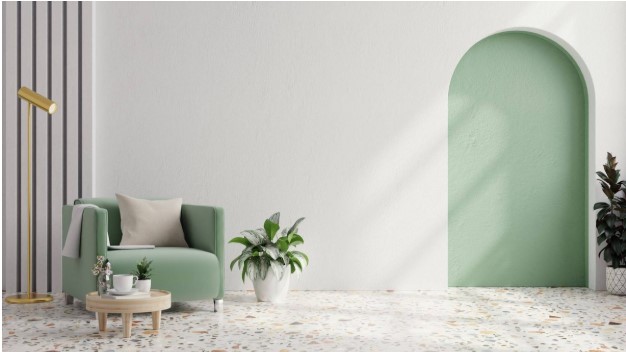Designing a sustainable home is no longer just about using eco-friendly materials. It’s about creating spaces that balance beauty, function, and environmental responsibility. Modern homes now reflect values as much as style, and professionals who shape interiors are at the heart of this movement. From energy-saving layouts to choices that support healthier lifestyles, sustainable design is reshaping the way we think about living spaces.
Role Of The Interior Designer In Green Living
An interior designer is more than someone who selects furniture or arranges spaces. This professional blends creativity with technical knowledge to influence how a home functions day to day. In sustainable design, their role expands even further. They consider natural light, airflow, and renewable resources when developing plans. By choosing efficient layouts and materials, an interior designer can reduce waste and minimize environmental impact. In this way, design becomes a tool not only for comfort but also for conservation.
Interior Designer Choices In Materials
Every material used inside a home has a story. An interior designer must decide whether that story aligns with sustainability. Instead of plastics or synthetic finishes, they may select reclaimed wood, bamboo, or recycled glass. These choices carry both aesthetic and ecological benefits. Non-toxic paints and natural fabrics also play a role in improving indoor air quality. Through careful selection, an interior designer transforms a room into a healthier, more sustainable environment while still ensuring it feels inviting and stylish.
Interior Designer Influence On Energy Efficiency
Lighting, insulation, and temperature control are essential for creating an energy-smart home. An interior designer can optimize these elements without compromising comfort. They may place windows to capture daylight, reducing the need for artificial lighting. Smart window coverings, efficient LED lighting, and energy-conscious appliances can also be incorporated seamlessly into the design. When executed thoughtfully, these details not only save energy but also lower household costs. An interior designer bridges the gap between technical sustainability and everyday convenience.
Interior Designer Impact On Space Planning
Sustainability is not always about visible features. Sometimes it lies in the way a room functions. An interior designer understands how to maximize space so that fewer resources are needed. Open layouts that promote natural airflow can decrease reliance on mechanical cooling systems. Flexible furniture and multipurpose rooms reduce the need for unnecessary additions. The result is a home that feels expansive yet uses fewer materials and consumes less energy. Here again, the role of the interior designer is critical in shaping efficient, livable spaces.
Blending Aesthetic Appeal With Sustainability
Eco-friendly design does not have to feel plain or limited. An interior designer brings creativity to ensure sustainable homes remain visually inspiring. They find ways to merge timeless style with renewable resources. For example, upcycled furniture pieces can serve as focal points, while natural textures create warmth and elegance. Sustainable homes designed with an artistic touch prove that green living can be both responsible and beautiful.
Conclusion
Sustainable home design is more than a passing trend—it’s a necessary shift. Interior designers guide this transition by blending environmental awareness with creativity and function. Their expertise ensures that each decision, from materials to layout, contributes to healthier living spaces and a healthier planet. In this way, the role of the interior designer becomes not only about creating homes but about shaping a more sustainable future.

